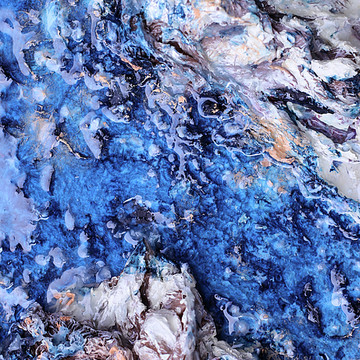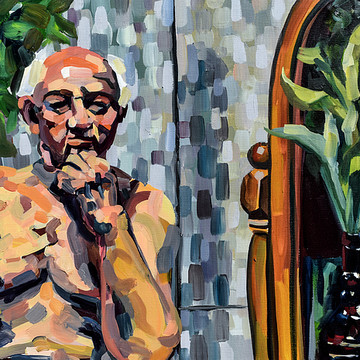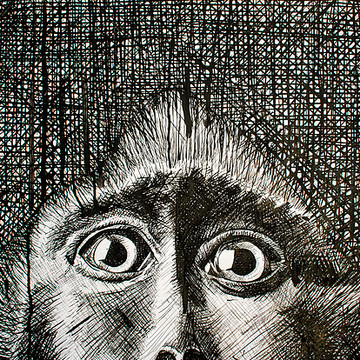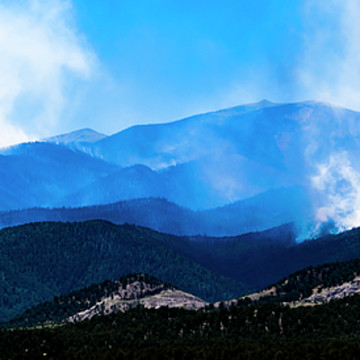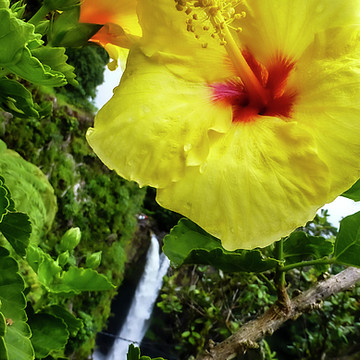Rowan Lyford Art Collections
Shop for artwork from Rowan Lyford based on themed collections. Each image may be purchased as a canvas print, framed print, metal print, and more! Every purchase comes with a 30-day money-back guarantee.
Artwork by Rowan Lyford
Each image may be purchased as a canvas print, framed print, metal print, and more! Every purchase comes with a 30-day money-back guarantee.

Honey Dog by Rowan Lyford

Colorado Stupa Photography 20160911-93 by Rowan Lyford

Hoodini the Owl by Rowan Lyford

Colorado Stupa Photography 20160911-94 by Rowan Lyford

Metamorphosis of Rowan Painting by Rowan Lyford

50 Hues of Venice by Rowan Lyford

Self Portrait One by Rowan Lyford

Litty Kitty by Rowan Lyford

Cute Sleepy Kitty by Rowan Lyford

Primal by Rowan Lyford

Alfie Wolf by Rowan Lyford

Soul of the Tiger by Rowan Lyford

Kodiak Wolf by Rowan Lyford

Scorching by Rowan Lyford

Artificial River Detail Four by Rowan Lyford

Plastic Series Two by Rowan Lyford

Cracked Earth by Rowan Lyford

Oil Extraction by Rowan Lyford

Hawaii Scenic Photography 20150710-225 by Rowan Lyford

Colorado Scenic Photography 20160604-91 by Rowan Lyford

New Mexico Photography 20160722-226 by Rowan Lyford

Abstract Yellowstone Photography 20180518-102 by Rowan Lyford

Hawaii Flower Photography 20150713-684 by Rowan Lyford

Hawaii Flower Photography 20150713-721 by Rowan Lyford
Displaying: 1 - 24 of 166
About Rowan Lyford
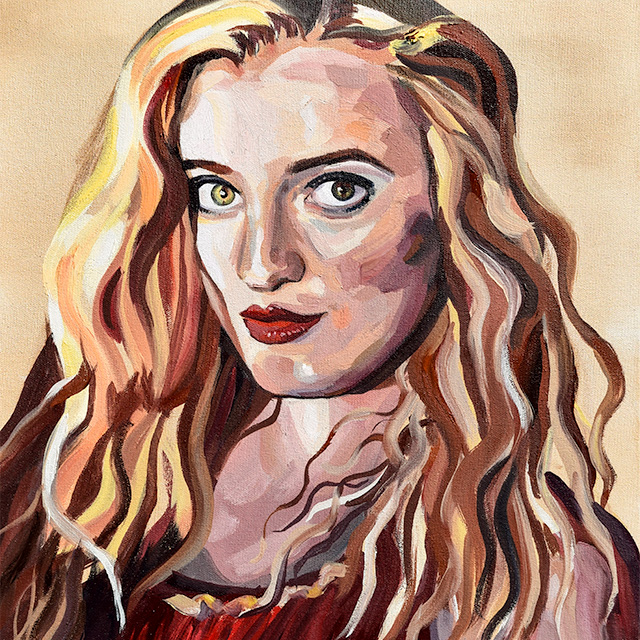 www.rowanlyford.com
www.rowanlyford.com
Rowan Lyford is a talented artist whose skills span multiple styles and mediums. She is most known for her paintings which focus on humans impact on the environment. Though she is a skilled representational painter, her most recent body of work is mostly abstract and experimental through her material use and concepts. In recent years, she has developed a process that involves using waste and recycled materials, to further push her concept of how humans are polluting the environment.
Most commonly, she incorporates plastic into her paintings in a variety of ways which
add interesting textures to her pieces. By using heat to manipulate the plastics, and combining them with oil paints, resins, and various other mediums, she is able to transform these materials into a detailed landscape of textures and colors that entice the viewer's attention. Though her work is primarily abstract, her work often resembles an element of the environment or natural world. Her incorporation of textures creates a topographical feel to her landscape-like abstractions. Each material and piece of plastic works together to create an overall composition, where her use of recycled materials is not obvious to the viewer at first glance. However, when the viewer looks closer, some of these elements become identifiable and encourage the viewer to think conceptually about how these man made materials interact with the natural environment.
Her piece, Artificial River, combines plastic bags, resins, and oil paints to portray a glossy, reflective river with textured, rocky banks. It gives of an ethereal feeling when the viewer first looks. However, when looking up closer, the viewer can notice small suggestions that the banks are actually made of plastic grocery store bags. This forces the viewer to question the relationship between nature and artificial elements. Though she is portraying something that appears organic and untouched by man, she uses recycled, highly processed, man-made elements to do so. These are some of the same materials that are polluting our rivers and water sources around the world. By using them in her work, she is not only taking some of them out of the landfill, but using them to paint a bigger picture of what happens to those that remain in the landfill.
Rowan's Elephant Butte Reservoir Series demonstrates her technical oil painting skills as well as her ability to combine abstraction and representation. The two paintings portray an overhead view of a reservoir along the Rio Grande, a river that Rowan lived near growing up. The pair shows the effects of pollution and climate change on the river from 1991 to 2011. She uses oils to emulate water color, and captures subtle color changes within the landscape to portray the topography. The piece may appear abstract, but when looking closer and reading the title, the viewer can begin to understand that it is a location that has experienced change overtime due to humans' impact on the environment. This creates an uneasy feeling in the viewer as they question their personal relationship with the environment and how they could have an impact on a beautiful part of it such as this.
Her work ranges in size, and the size of each piece influences the way the viewer interacts with it. Her smaller pieces encourage the viewer to look closely to notice the subtle nuances in the color and texture, and experience a more intimate moment with the piece. Her larger pieces confront the viewer with a sense of the sublime, and call attention to our relationship to the world around us.
Rowan continues to discover new ways to make her practice more sustainable while producing poetic works of art that highlight both the beauty of the natural environment and its destruction.
-Haley Beth Arnold

